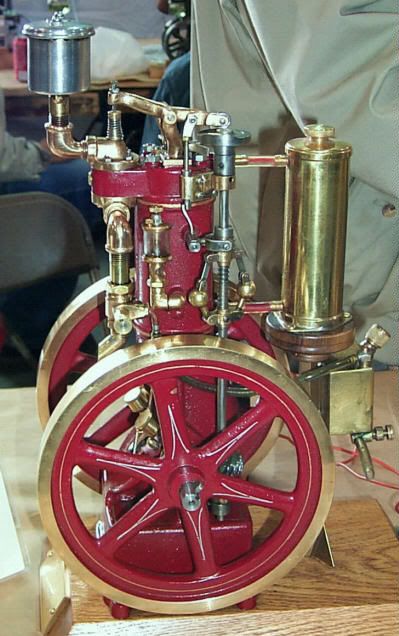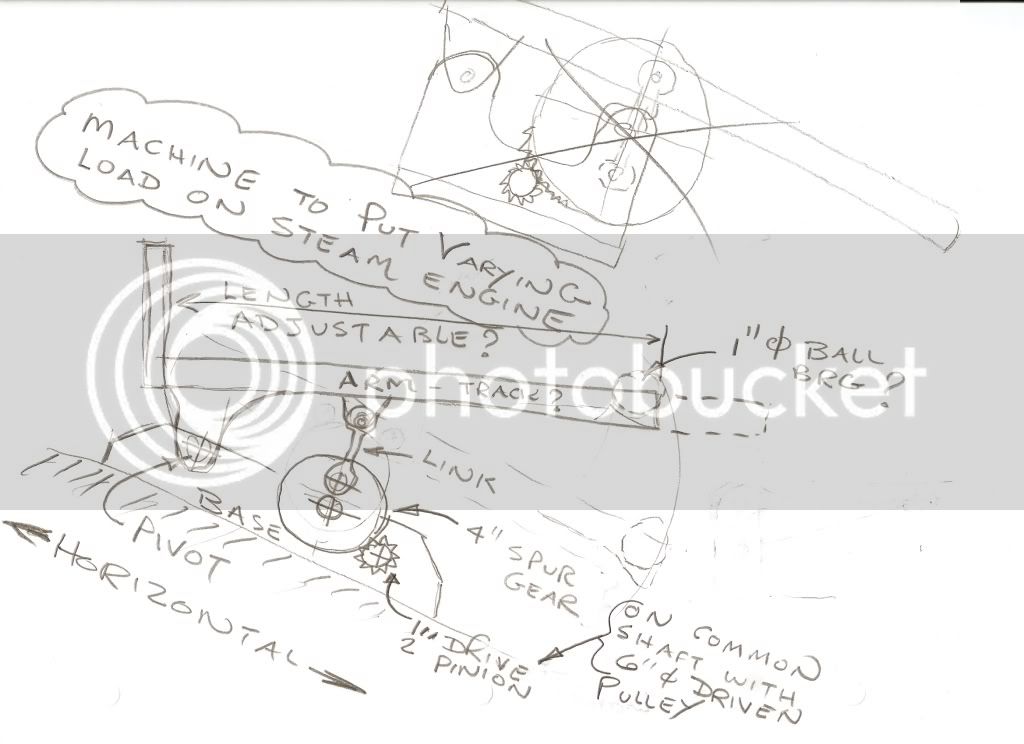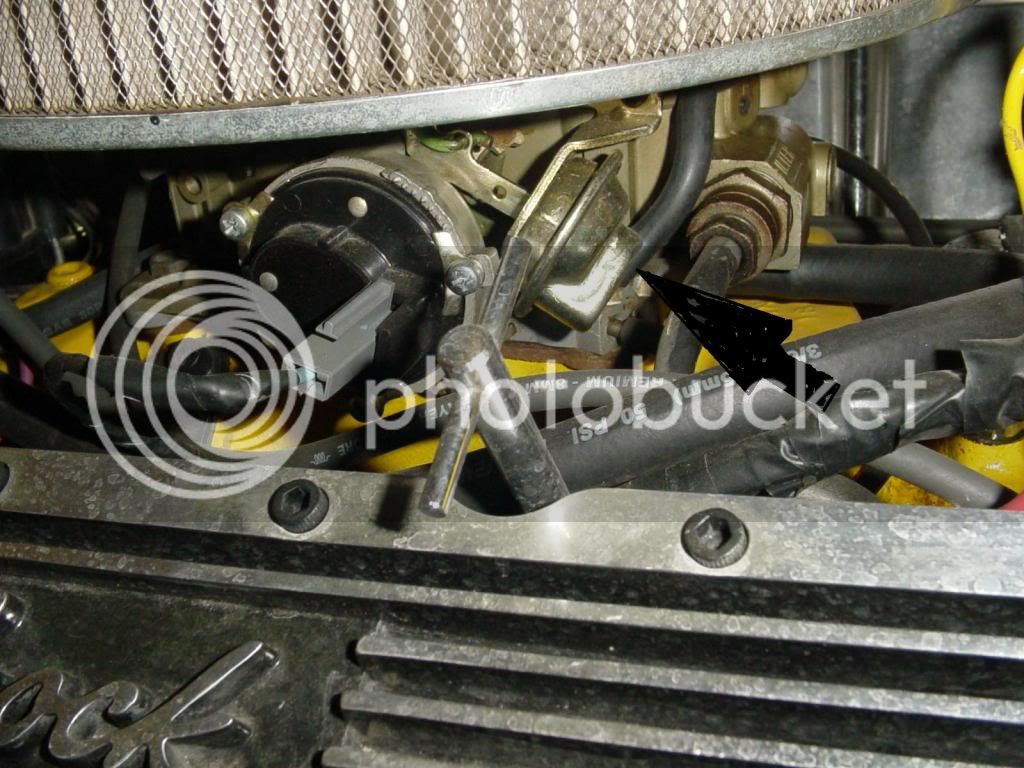I am quite pleasantly surprised at just how responsive this governor really is, and how well it does control the speed of the engine. It does operate just as I had anticipated. On the initial rush of air when I turn on the main air supply valve, the engine self starts, begins to revolve, and very rapidly begins to ramp up to what could be a run away engine. The governor balls rotate faster and faster untill centrifugal force begins to move them into a "balls out" condition, and the valve in the governor begins to close and choke off the incoming air. It stabilizes very quickly, with the ball position and the speed of the engine become constant, with no visible oscillating. I know that the governor is controlling the engine speed, because if I override the position of the valve, the engine begins to rotate much faster, then if I let go of the valve, it settles back into its constant speed. When I impose a load on the engine (at high air pressure, around 60 PSI) by holding my thumb against the rim of flywheel, the engine begins to slow down, the valve opens, and the engine picks up speed again, even with the load imposed, trying to hold that constant RPM. I hooked it up to the slinky machine (which really requires very little torque to move it). By sliding the engine on top of the table untill the o-ring belt went slack and the slinky machine was not working, then pulling the engine back untill the belt tightened up and the slinky machine began to work, I can actually see the lever working to open the inlet valve wider and hold the constant speed. There has to be some change in the engine RPM to initiate movement of the balls, so as soon as the load comes on, the engine dies just a little. Then as soon as they move the engine begins to get more air and the RPM picks up to where it was previously. I have discovered that it doesn't respond all that well to rapid changes in the load, but when the changes are slower it responds very effectively.
















![Learning AutoCAD Civil 3D 2014 [Online Code]](https://m.media-amazon.com/images/I/51F3yi9fokL._SL500_.jpg)





![DreamPlan Home Design and Landscaping Software Free for Windows [PC Download]](https://m.media-amazon.com/images/I/51kvZH2dVLL._SL500_.jpg)









































